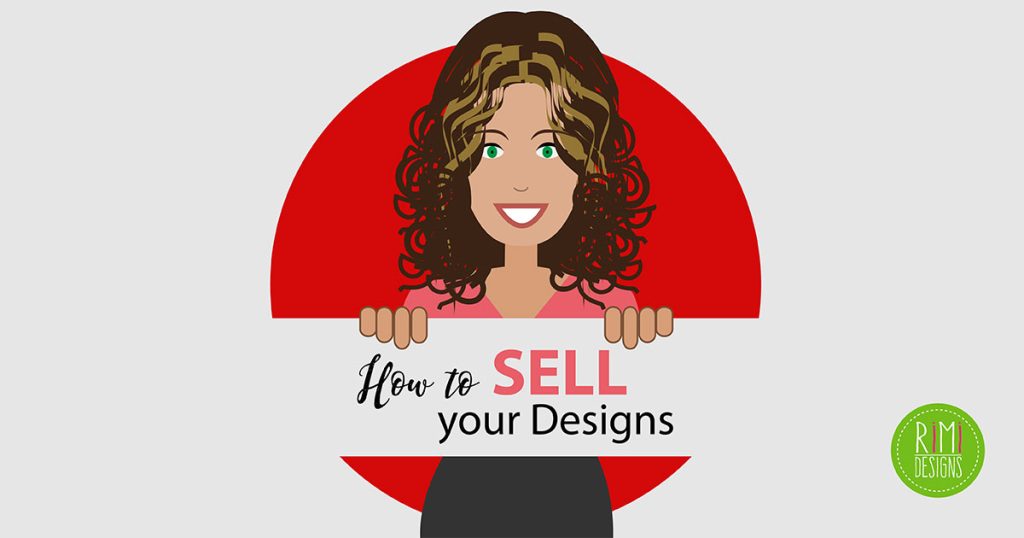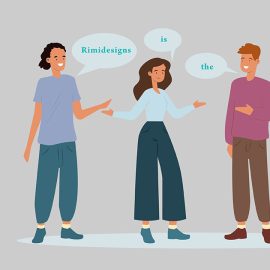
How to “Sell” Your Designs to Clients
A designer often knows when their design is a perfect fit for a client. They know when it will be successful in the real world and what it feels like to make that final tweak, relieving the fear of failure and triggering an adrenaline rush with nothing left to do but smile.
But more often than not, clients won’t get that feeling. Strong designs don’t sell themselves. Clients often are not sure what actually works for them.
At the end of the day, graphic design is a subjective art form. Through the eyes of a visually unpracticed client, it can be difficult to know which design is the right one.
Here are some tips to put that same smile on your clients’ faces.
1. Show the visuals
One of the main concerns of any client is whether their design will hold up to the competitors’ designs in the real world.
The good news is that if a designer knows that those traits hold true for their design, they can demonstrate them to the client by showing the client what the design will look like on collateral that is relevant to their business.
A simple stationary mockup can make the design feel more tangible and can help turn some gears in the client’s mind.
Note that elaborate or hyper realistic mockups can have the opposite effect, so staying honest and modest is key.
2. Give them space
Designers should treat clients how they would like to be treated. Let them know you are happy to answer questions and even give some brief notes on the design, indicating you are knowledgeable. But ultimately give them space until they are ready to talk. Once they come around with some signs of interest, then the juicy details can be shared.
3. Use the right language
Here is a short list of terms that most clients will feel alienated by: vector, raster, small caps, kerning, tracking, leading, justification, DPI, PPI, bleed, slug, spot, process, stroke and fill.
These are all terms existing within the graphic design language that a client likely does not know. They will also not impress a client and therefore should be avoided.
It is important to consider the types of people clients are. Designers must interact with farmers, lawyers, up-cyclers, beekeepers and just about every other type. For this reason, the language of choice should be as universal as possible.
Words like “tracking” can simply be referred to as “the space between letters”. Or words like “bleed” can be referred to as “the printed area overlapping the cut edge”.
Competence need not be abandoned, because well-written messages can say a lot more about a designer than using words like “kerning”.
Conclusion
Many of the techniques above simply lend to a direct, honest, confident and down-to-earth approach, which clients are often very responsive to. It helps to make them feel like they are being taken care of by someone who is kind and sociable but knows what they are doing. Give it a try!
SOURCE: 99 Designs



